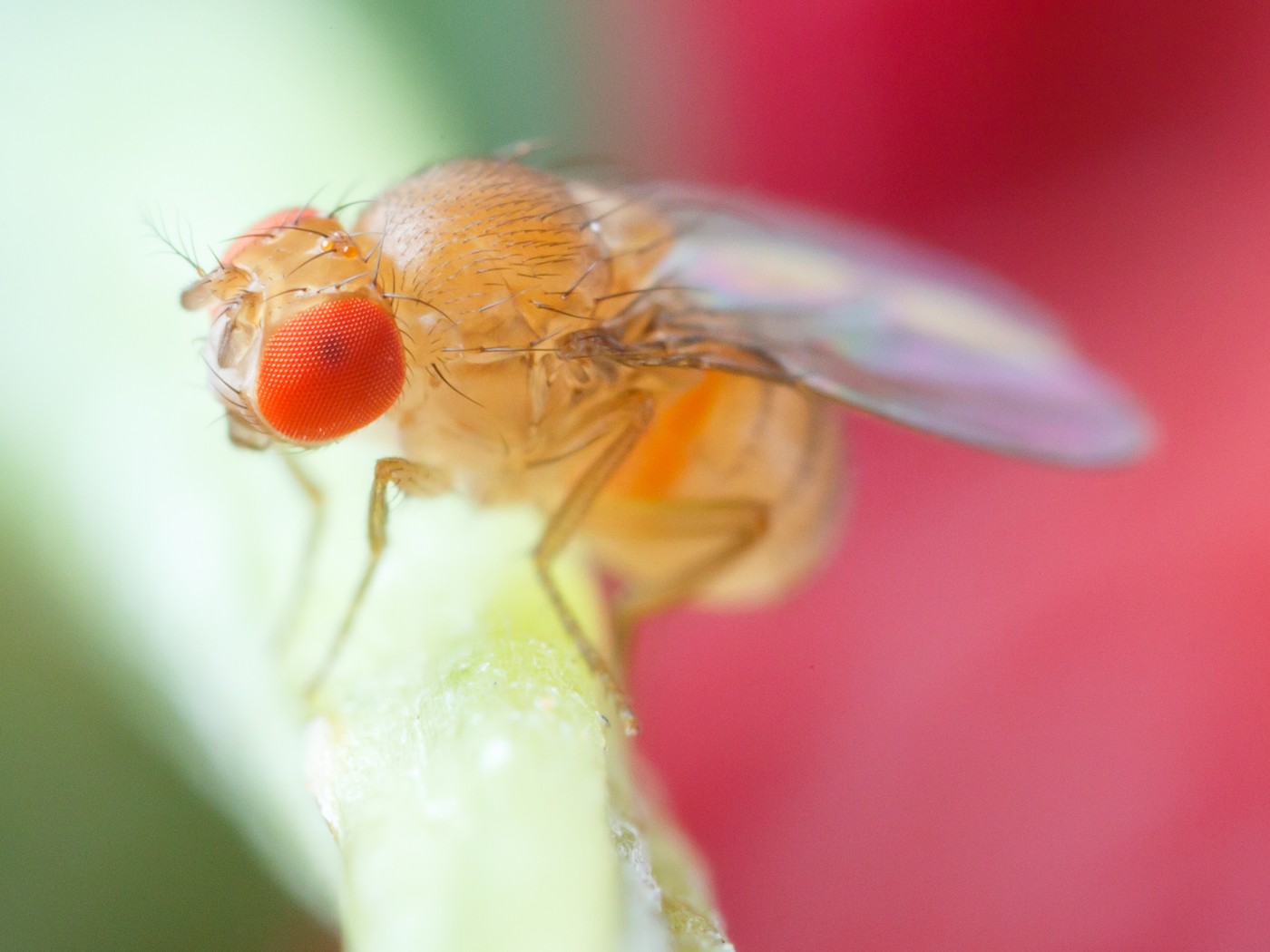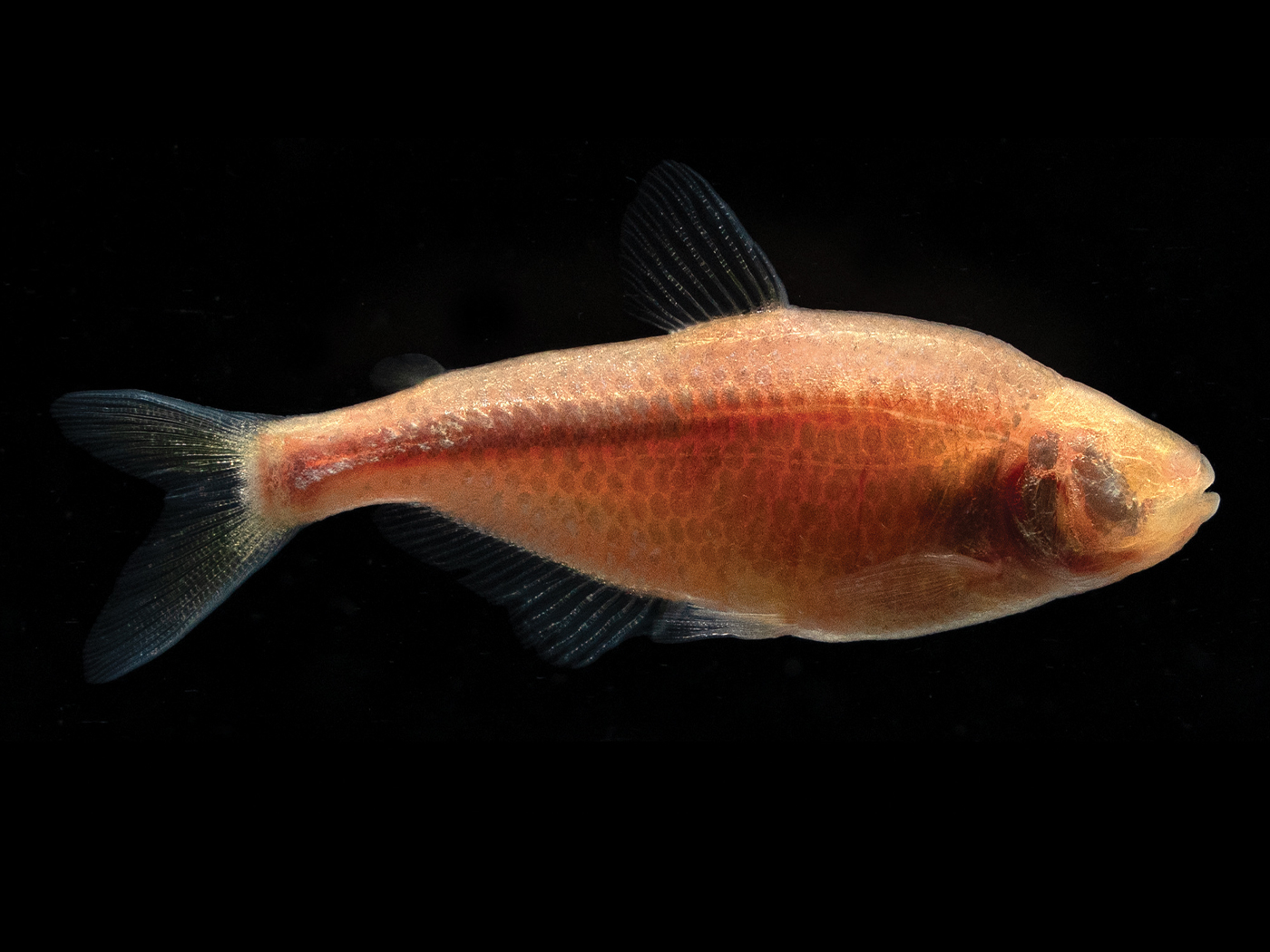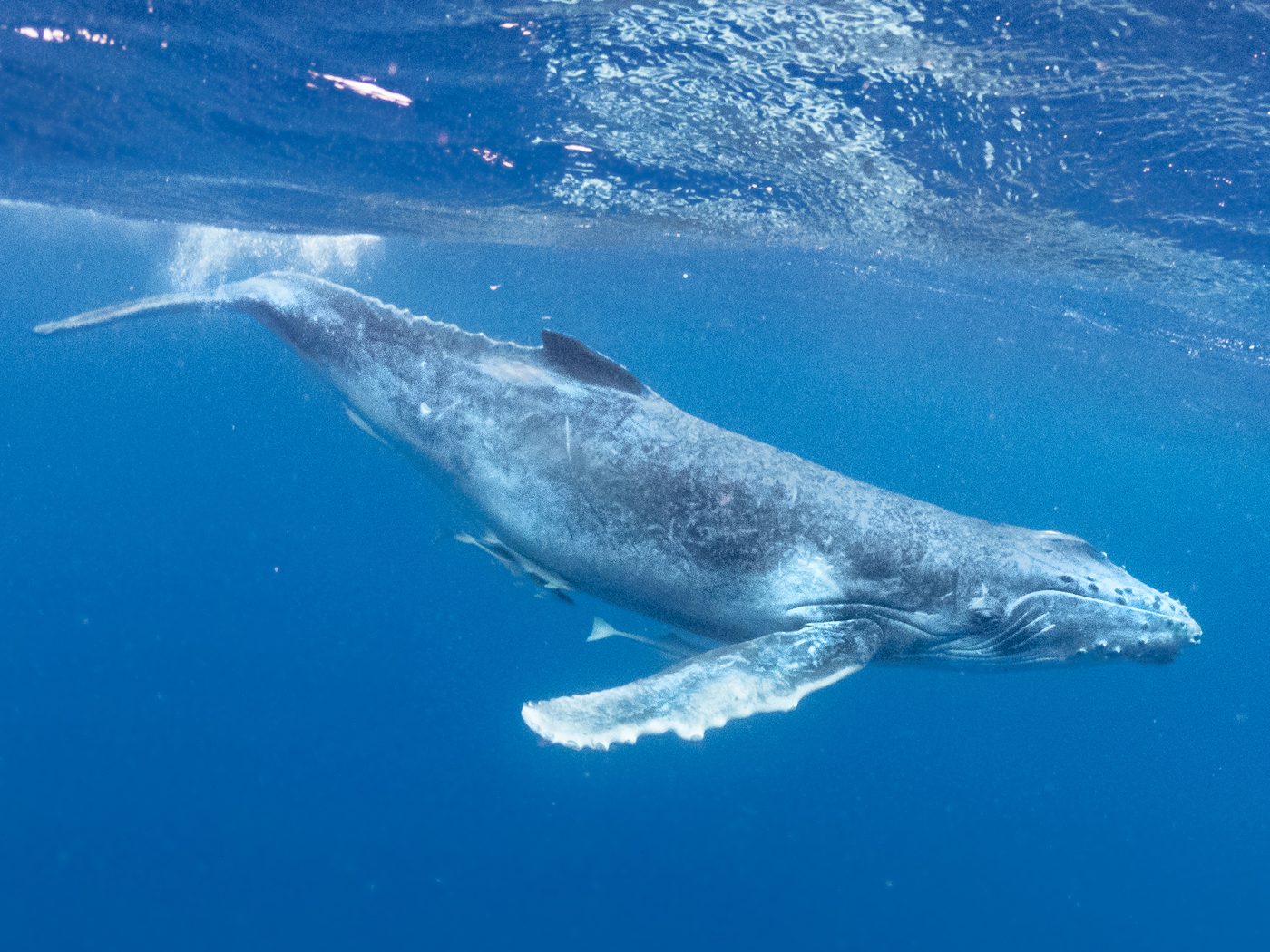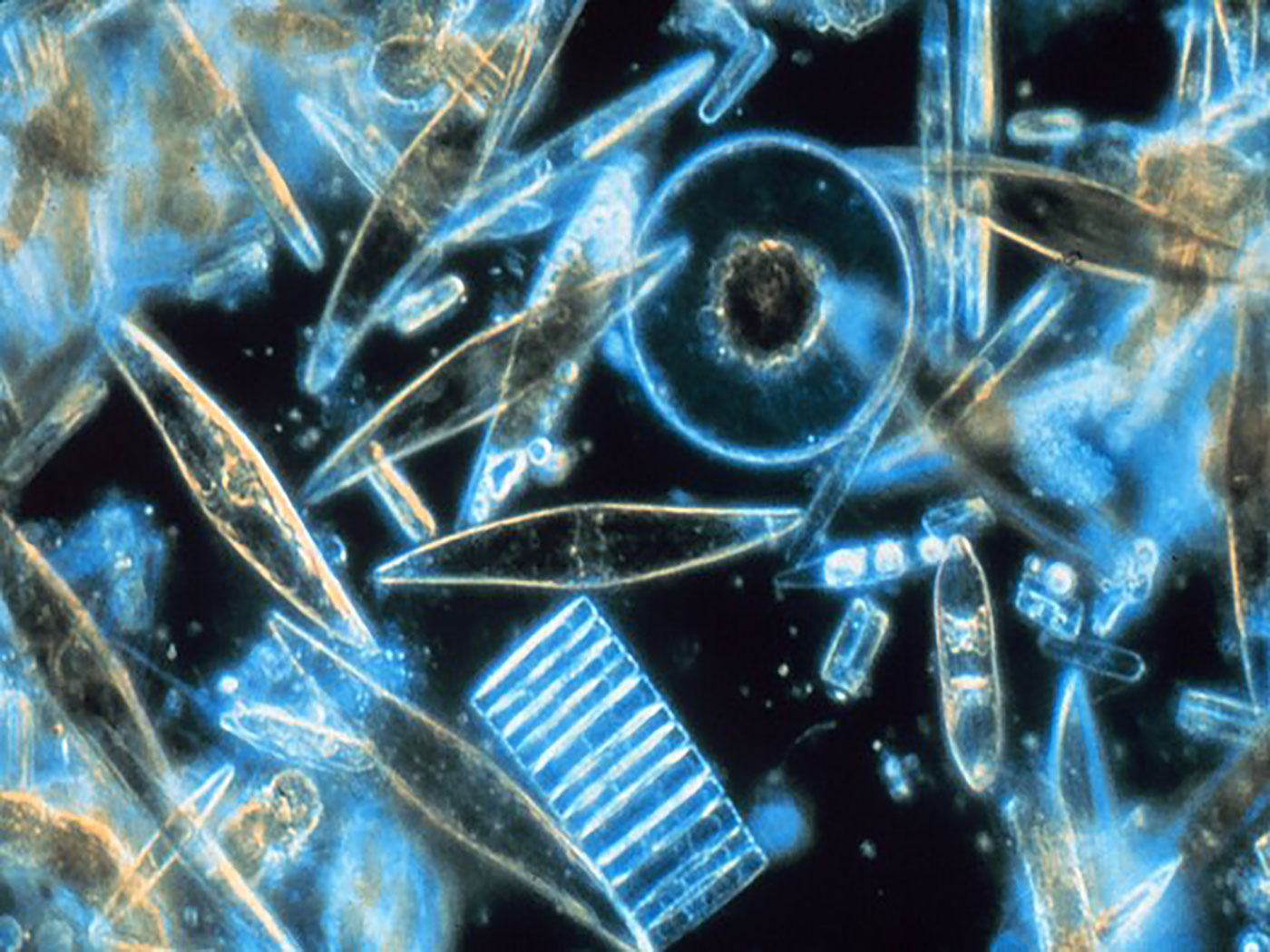Contrary to Darwinian theory, creatures are not molded by the environment, but rather they actively sense the environment and adapt accordingly. They continuously track their environmental surroundings through complex networks of sensors and then rapidly deploy pre-programmed adaptive solutions to maintain homeostasis. While many scientists have been documenting this phenomenon at the individual organism level, little is known how this works in large populations. A new study was published showing how fruit fly populations rapidly and dynamically adapt both phenotypically (bodily traits) and genetically on a genome-wide level in only one summer-to-fall season—defying the Darwinian evolutionary explanation of a slow gradualistic process of mutation and selection.1
Fruit flies (D. melanogaster) have long been a model for biological and genetic studies. They have a very short generation time with a lifespan of about 30-40 days and a small genome size that is easily studied for genetic changes. While much research in fruit flies has been done in the laboratory, this new project studied their seasonal adaptation in large replicated outdoor enclosures that each contained a dwarf peach tree along with supplemental food. The researchers sampled the fly populations at five different time points from summer to late fall. They not only analyzed them for a variety of important biological traits but also sequenced their genomes at each time point as well.
Over the seasonal course of the study, the researchers noticed consistent and coordinated shifts among fly populations in the replicated enclosures for fecundity (reproductive ability), egg size, starvation resistance, and freeze tolerance. These important adaptive traits for fruit flies living in the wild were directly linked with specific changes in DNA sequence across their genomes. The researchers reported, “These patterns of rapid adaptation were observed for multiple fitness-associated phenotypes, each with a complex and likely distinct genetic architecture.”
The research revealed rapid and repeatable adaptation during the seasonal shifts in observable outward traits coupled with specific genome modifications. In other words, the data did not fit the standard model of slow gradualistic Darwinian evolution (mutation and selection), but instead pointed to a rapid and predictable innate system-wide adaptive process. In fact, the researchers consistently used terminology pointing to design, claiming, “The phenotypic and genomic patterns observed in this study are consistent with a form of adaptive tracking in which populations adapt in response to continuous environmental shifts,” and “We detect rapidly fluctuating patterns of adaptation that suggests populations of D. melanogaster are continuously and adaptively tracking the environment.”1
These new results defy the slow Darwinian paradigm of mutation and selection and instead point to complex adaptive design engineered into creatures by their Creator, the Lord Jesus Christ. The Institute for Creation Research (ICR) has been a leading proponent of Continuous Environmental Tracking (CET) which specifically predicts the same type of coupled biological and genetic outcomes that studies like this report.2 In fact, much of the same verbiage used by the authors of this study, despite their Darwinist bias, is the same type of terminology used in a design-based model of adaptation explained by CET.
References
1. Rudman, S., et al. 2022. Direct observation of adaptive tracking on ecological time scales in Drosophila. bioRxiv. doi.org/10.1101/2021.04.27.441526.
2. Guliuzza, R. 2019. Engineered Adaptability: Continuous Environmental Tracking Wrap-Up. Acts & Facts. 48 (8).
*Dr. Tomkins is Director of Research at the Institute for Creation Research and earned his doctorate in genetics from Clemson University.
"Adaptive Tracking" in Seasonal Fruit Fly Populations
The Latest
Infrared Radiation and Pollination Reflects Recent Creation
by Jeffrey P. Tomkins, Ph.D., and Frank Sherwin, D.Sc. (Hon.)*
The fascinating pollination of plants has been complex from the beginning of creation....
Did Scientists Find "6 Million-Year-Old Ice" in Antarctica?
by Jake Hebert, Ph.D., and Frank Sherwin, D.Sc. (Hon.)*
A small portion of surface ice in Antarctica is called blue-ice areas (BIAs), and for good...
Dinosaur Ridge: Last Stand of the Dinosaurs
Paleontologists have ranked Dinosaur Ridge as the top dinosaur track site in North America.1 Run by the nonprofit group Friends of Dinosaur...
An Incredible Year of Advancement! 2025 Year in Review
Dr. Guliuzza at chapel in Corban University, Salem, Oregon
The Institute for Creation Research had another incredible year advancing creation...
Creation Kids: Seasons
Hi, kids! We created a special Acts & Facts just for you! Have fun doing the activities while learning about the wonderful world God...
Why Is Natural Selection an Illusion?
Consider the following scenario. A population of organisms, let’s say racoons, lives in an environment somewhere on Earth and eats a variety...
Did Fossil Birds Live Longer than Today's Birds?
The Bible matter-of-factly states that humans living before and shortly after the Genesis Flood had centuries-long lifespans (Genesis 5 and 11). Yet...
Longevity Before the Flood
When gazing through a telescope, we see beauty so vast even the most powerful optics can’t see how far it spans. Trillions of stars are arranged...
CREATION PODCAST
The Complex Shape of DNA You’ve Never Been Taught | The Creation...
If you could stretch out the DNA in just one of your cells, it would be six feet long! And yet, it fits inside a space smaller than the tip of a needle...
Novel Orphan Genes Aid in Regulated Adaptation
Orphan genes (OGs) are genes that are unique to a specific kind of creature. This is especially significant when creatures that are considered evolutionary...



















